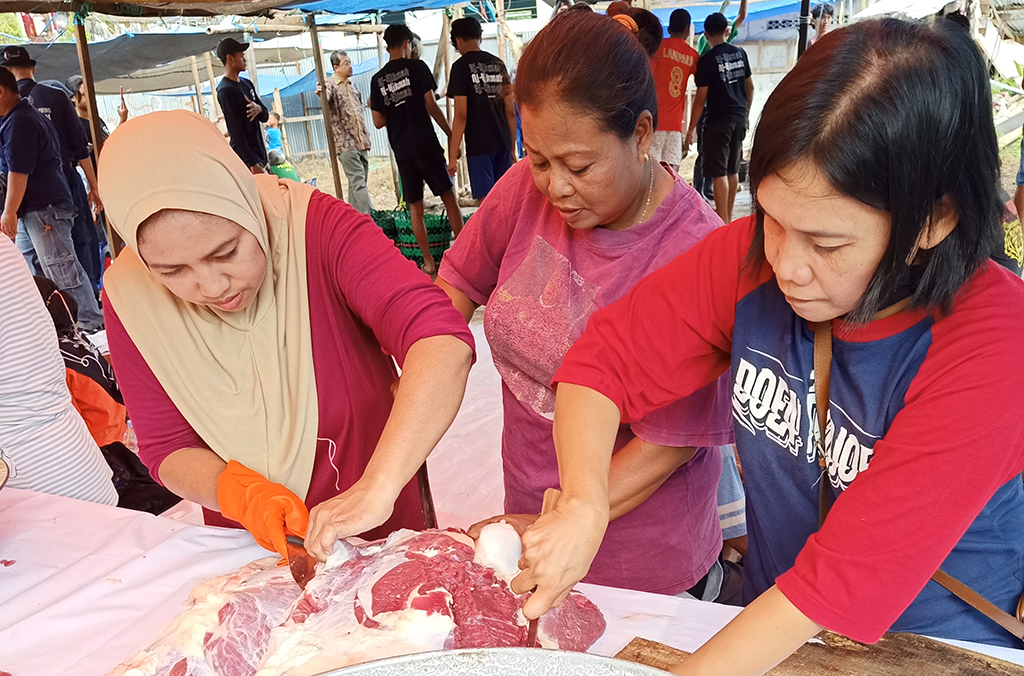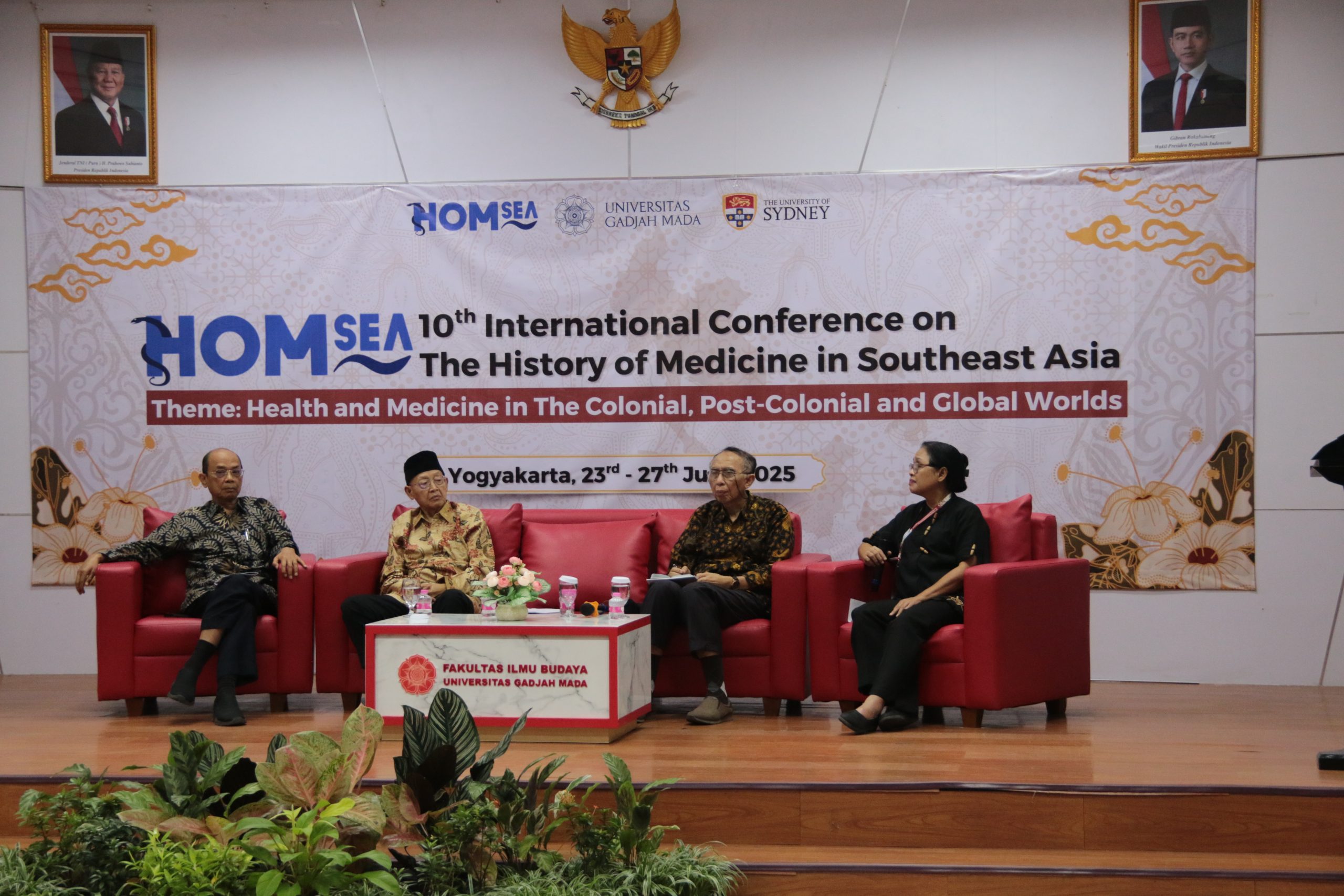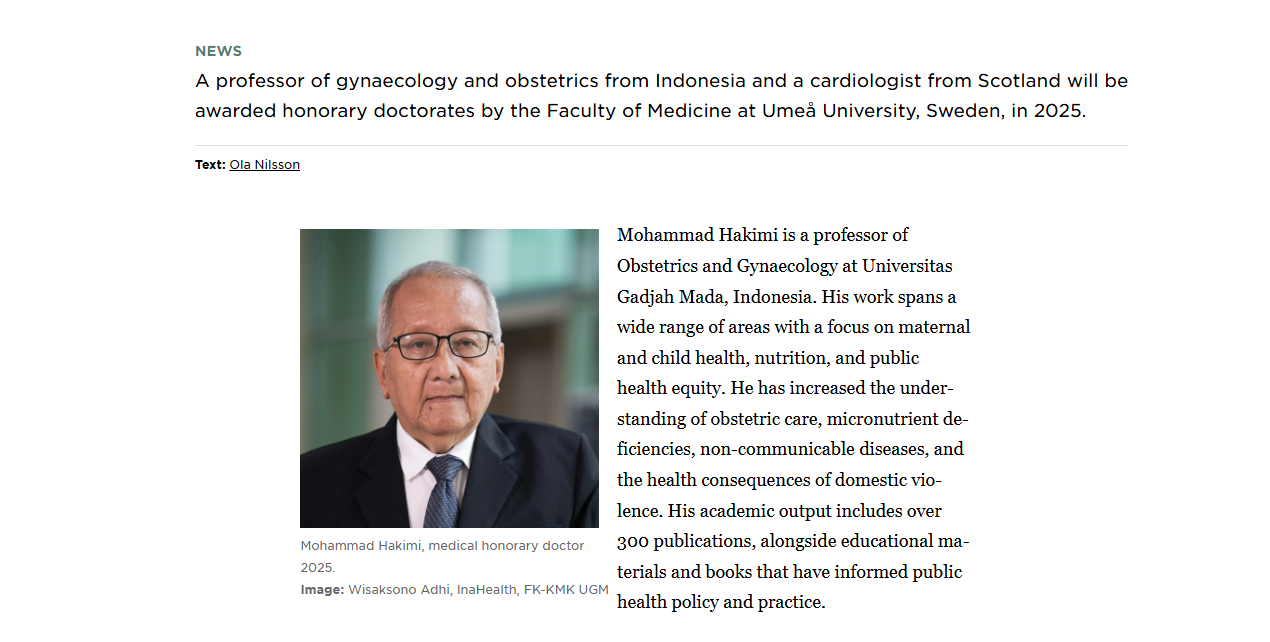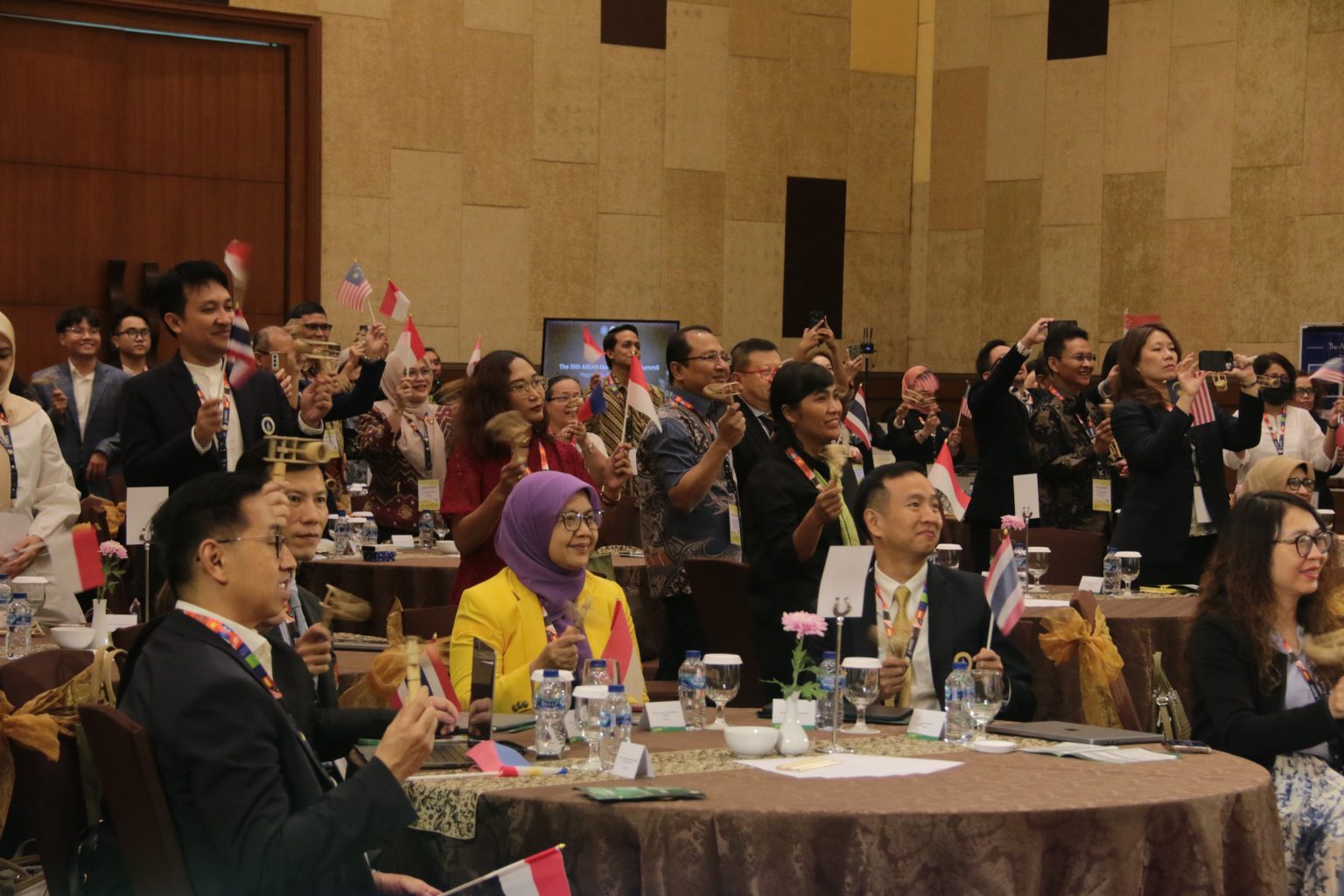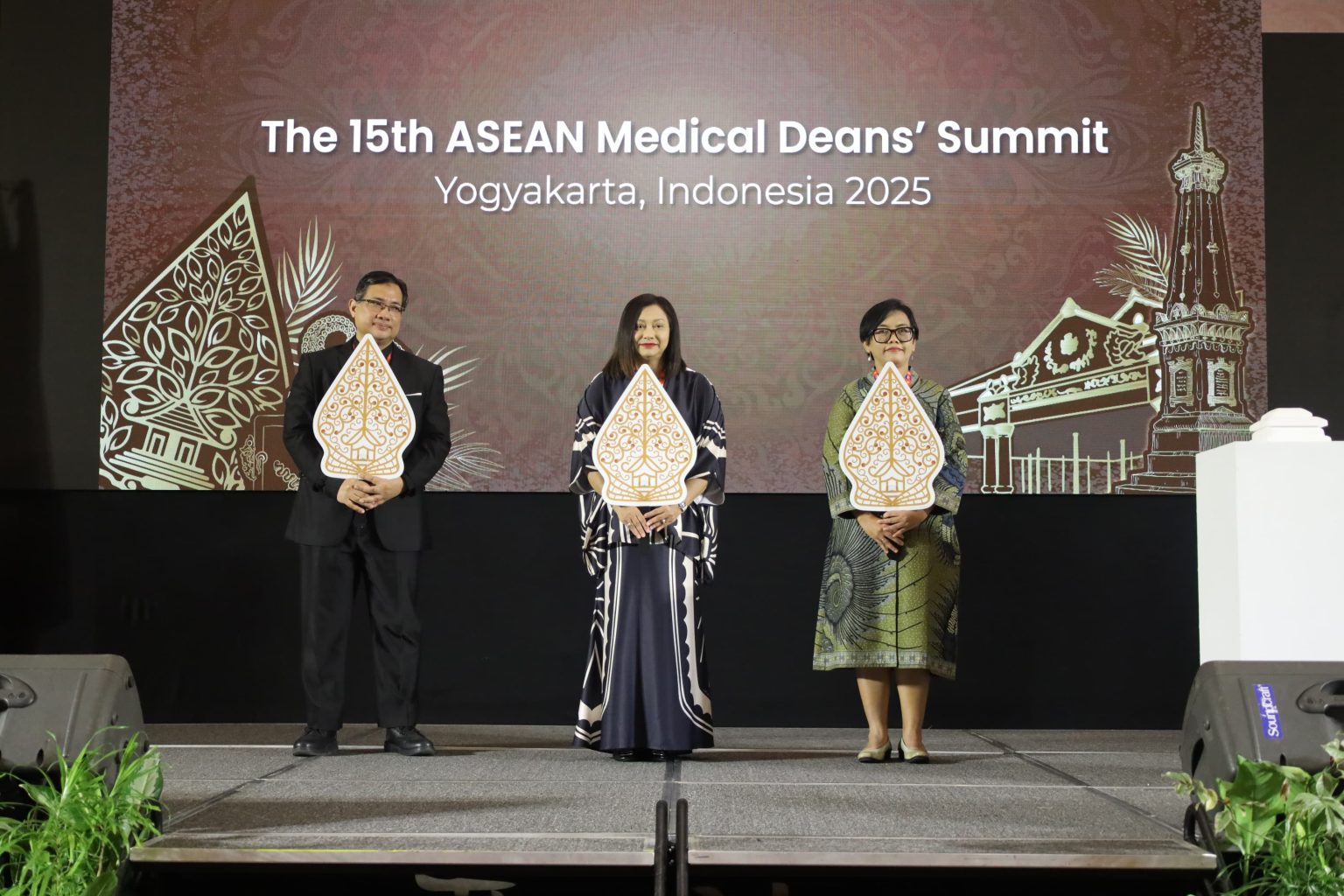FK-KMK UGM. Muslims will celebrate Eid al-Adha on June 17, 2024. This celebration of 10 Zulhijah 1445 is also known as the Day of Sacrifice. According to Islamic law, the practice of sacrifice, or qurbani, is a highly recommended Sunnah Muakkadah, especially for those who can afford it.
The slaughtering of sacrificial animals symbolizes the compassion for fellow Muslims, with the meat distributed to deserving Muslims, particularly the poor and needy.
Thus, it’s important to prepare the qurbani meat into nutritious dishes. But how should the qurbani meat be properly processed?
Here are some tips from Dr. Lily Arsanti Lestari, S.T.P., M.P., a nutrition expert from the Nutrition Science Program at the Faculty of Medicine, Public Health, and Nursing, Universitas Gadjah Mada (FK-KMK UGM).
Post-Slaughter Qurbani Meat Handling
After slaughtering, ensure cleanliness throughout the skinning, cutting, and weighing processes. Use hygienic cutting tools and surfaces, such as new plastic sheets, to avoid microbial contamination.
Separate meat cutting and offal cleaning as offal can harbor pathogenic bacteria that may cause cross-contamination.
Once cleaned, it’s recommended to cook the meat immediately.
Meat can also be stored in the refrigerator or freezer without washing, but wash it before cooking.
Storing Qurbani Meat
Package the meat in small, single-use portions (e.g., 0.5 kg or 1 kg) to avoid repeated thawing of frozen meat.
Vacuum seal or minimize oxygen exposure in packaging to prevent freezer burn (changes in texture, color, and taste that can ruin the meat’s quality).
Before freezing, store the meat in the chiller. Similarly, when preparing to cook, thaw the meat in the chiller for 12 hours.
Tips for Processing Qurbani Meat
Meat can harbor pathogenic bacteria like E. coli and Salmonella, so it must be cooked at temperatures above 75 degrees Celsius.
Here are some good methods for cooking qurbani meat.
Boiling. Do not over boil, as prolonged boiling can reduce or eliminate vitamin B content.
Grilling. Use an oven or grill to avoid direct exposure to charcoal and ash, which can produce carcinogens like benzopyrene.
Sautéing. Avoid using too much oil, especially reused oil, as it can break down chemical bonds into free fats.
Consuming Nutritious Qurbani Meat Dishes
According to the American Institute for Cancer Research, meat consumption should be limited to 12-18 ounces per week, or 50-70 grams per day, depending on age, gender, body weight, and health condition.
About 20-25% of daily calorie needs can be met through protein intake, including meat.
Besides protein, meat also contains fat. Therefore, meat consumption should be balanced with vegetables and fruits to prevent cholesterol buildup in the blood.
These tips help ensure proper processing of qurbani meat. Avoid consuming meat that is no longer fit for consumption as a collective responsibility, in line with the Sustainable Development Goals (SDG), namely Good Health and Well-Being (SDG 3) and Responsible Consumption and Production (SDG 12).
Happy Eid al-Adha! May nutritious dishes accompany our moments with family. (Contributor: Assyifa / Editor: Isroq Adi Subakti).

